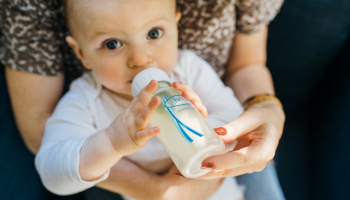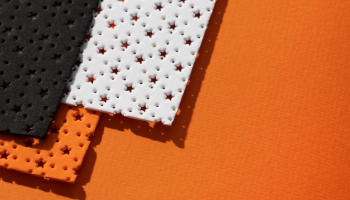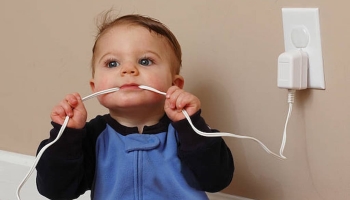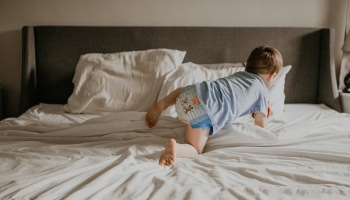
Many parents have faced the dilemma of seeing their babies cry when put down. It’s time to find out why this happens and how to prevent it. But first, you would be happy to know that there’s no cause for alarm. It happens.
In most cases, if your baby cries when you put them to bed, they are expressing a need to be held by you. Crying is normal, and it will take months for your baby to feel comfortable alone. Babies can also cry because they are hungry, so make sure your baby is not hungry. Ensure that the room is dark, the temperature is just right, and there is little noise.
Reasons Why Your Baby Cries When Put Down
Hunger
When your baby screams, this is usually the first thing that comes to mind. You can feed your baby before they cry if you know how to tell when they are hungry. Frustration, lip-smacking, rooting (a newborn reflex that causes infants to move their heads toward your hand when you massage their face), and placing their hands to their lips are all indicators of hunger in newborns.
Teething pain
When a baby’s gums are still developing, teething may be a painful experience. Teething may cause a baby to become irritable and sad at some time in their lives. If your baby is in discomfort and you don’t know why feel his gums with your finger and see if it helps. The firm nub of an erupting baby tooth may come as a shock to you.
Allergies
It is possible for breastfeeding women to pass on the food they consume to their babies. There’s a chance that’ll make a newborn sick. The more often this occurs, the more likely your baby will be allergic or sensitive, depending on the food.
Not feeling well
She may be sick if she continues to cry even after you’ve provided her with necessities and reassured her. Be on the lookout for additional sickness indicators, like fever, by checking her temperature. A sick baby’s scream is unique from a hungry or frustrated baby’s cry. Call or go to the doctor if your baby’s cries don’t sound right to you.
Inappropriately cool or hot
When you remove your baby’s clothing to change a diaper or clean her bottom with a cold wipe, she may scream in protest because she is uncomfortable.
Newborns want to be wrapped up and kept warm, but not too warm. As a general rule, they like to wear one more layer than is necessary to keep warm. Being too hot doesn’t bother babies nearly as much as being too cold does, and they don’t scream as much when they’re too cold.
What to Do When Your Baby Cries When Put Down
Wrap Them Up
Swaddling may make you feel like you’re in a straitjacket. It’s like being in the womb all over again for a newborn. This baby burrito must be wrapped very tightly. So tight that they can’t wiggle their arms and legs out of it. Ensure that they are always placed on their backs. When your baby can turn over on its own, stop swaddling.
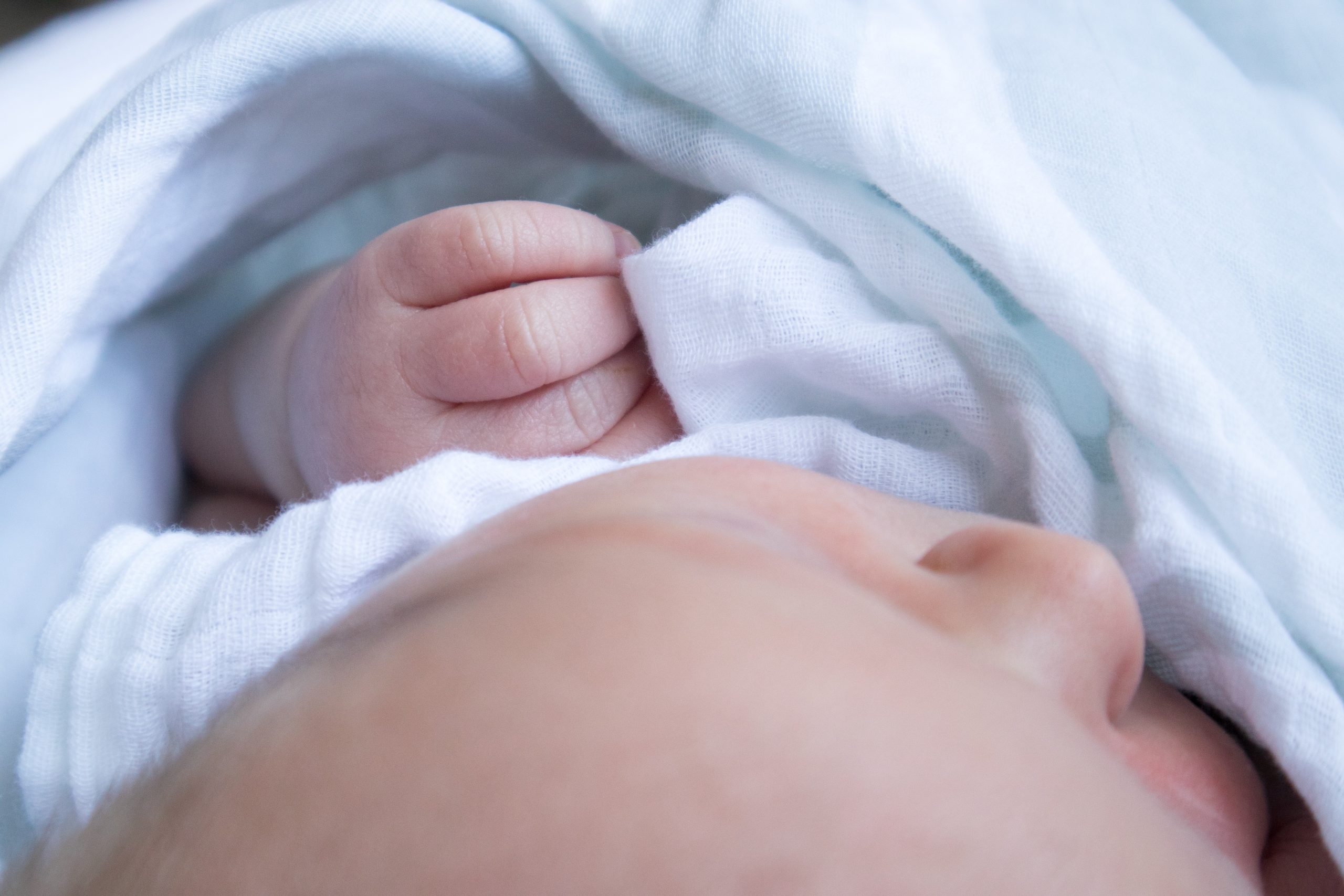
Reposition them
Parents often hold Colicky babies face-up, but this may not be the best way to soothe them. Instead, put your hand under their abdomen and their head on your forearm and hold them face down. Uncomfortable gas may be relieved by applying pressure to the stomach.
Activate the white noise machine
As a mother, you may find that a little white noise might make your infant feel more at ease. A lot of whooshing and other sounds could be heard throughout the space. Turn on a fan, but the bassinet near the dishwasher, run the vacuum or set a radio to static to re-create these comforting noises. Constant, low-level noise is what you desire.
Massage your baby
Crying babies benefit greatly from the calming effect of a parent’s touch. A lot of newborns like skin-to-skin touch. Simply take your baby’s clothes off and massage their limbs, legs, back, chest, and face with gentle, firm strokes. It may also help you relax. Before applying any oils or lotions to your child, consult with your physician to ease the strain on a gassy baby’s stomach, stroke their belly in a clockwise manner, or cycle their tiny legs around.
“Shh” in their ear
Infuse this sound directly into your crying baby’s ear canal. Don’t be afraid to speak out. If you want your infant to hear you, speak loud enough so that they can hear you above their commotion.
How to Properly Put a Baby Down
- Using a pacifier, place your baby to sleep. In such a case, you shouldn’t push your kid to accept the pacifier. You don’t have to replace the pacifier if it slips out while your baby is sleeping.
- Use a Firm Mattress for your baby’s bed. Choosing a soft mattress for a baby is a standard error. This should be avoided at all costs. To ensure a restful night’s sleep for infants, place them in a sturdy crib or bassinet. When it comes to the crib, it’s best to avoid using anything like a bumper pad, pillow, or soft toy, since these items might accidentally cover the baby’s head.
- Make sure you’re pulling the blanket the right way. A blanket should only be used to cover a baby’s upper body. To avoid suffocation, keep the baby’s arms out of the blanket and away from the baby’s head. Sleeping bags with adjustable neck and armholes, widely available and highly recommended, are an option.
- Avoid using a comforter or a quilt. To make the bedding more comfortable, avoid placing quilts and comforters on top of the mattress. Suffocation danger may rise due to the infant sinking beneath the blankets.
- Make sure your infant doesn’t overheat when they sleep. You and your baby will both be happy if the temperature in the room is at a level that is just right. Dress your infant with a light layer.
Bottom Line
The supine position, or resting your baby on their back, is one of the most preventative acts you can do to ensure that your baby is sleeping securely. To put your infant to sleep, you should always put them on their back, not their front or side.



